The seed propagation method for honeysuckle is used when a large number of plants are needed. It is widely employed by landscape designers to create low-maintenance hedges and by breeders in their scientific work. With proper sowing, the plant germinates and develops quickly, adapting more easily to growing conditions. Here’s how to plant and grow honeysuckle from berries.
Table of contents
Can You Grow Honeysuckle from Berries at Home?
Freshly collected honeysuckle seeds have nearly 100% germination, so it’s crucial to start pre-sowing preparation and sowing immediately after harvesting the berries.
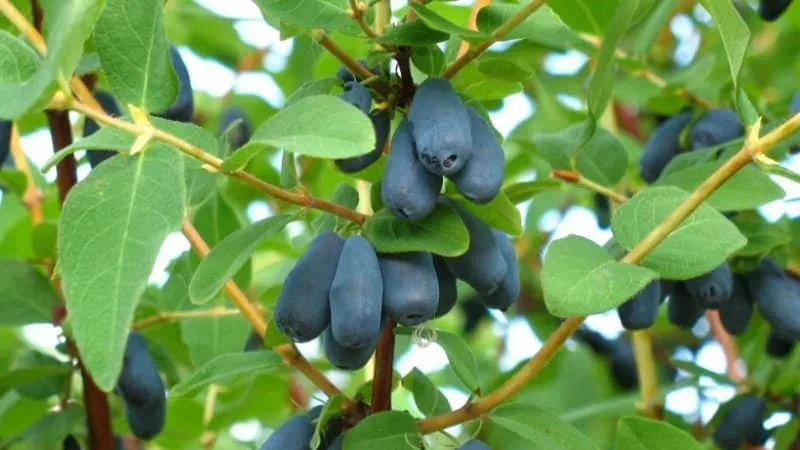
Advantages and Disadvantages of This Method
Both fruit-bearing and ornamental varieties of honeysuckle can be propagated by seeds.
This method has several advantages:
- Seedlings adapt more easily to environmental conditions compared to those grown from cuttings or layering;
- Seeds germinate under conditions close to ideal for the plant, reducing the risk of seedling loss;
- Simple and cost-effective.
Some drawbacks include:
- Frequent inconsistency with the parent plant’s varietal traits (especially undesirable for fruit-bearing honeysuckle);
- Dependence of seed viability on pollination quality of the mother plant’s flowers;
- Late fruiting – honeysuckle grown from seeds bears fruit only after 5-6 years;
- Requires extra care for delicate seedlings (only 50% survive to the 1-2 year stage).
Proper seed and soil preparation ensures good germination and healthy seedling development.
Suitable Honeysuckle Varieties
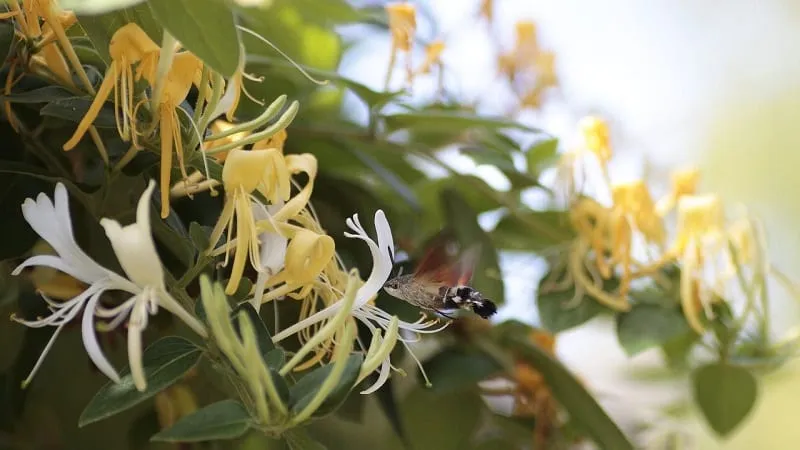
All ornamental honeysuckle varieties can be propagated by seeds: Brown’s honeysuckle, climbing honeysuckle, golden honeysuckle, eastern honeysuckle, Tatarian honeysuckle, Korolkow’s honeysuckle, and others. Fruit-bearing hybrids and varieties also germinate well, but their conformity to the parent plant is uncertain. Statistics show that 50% of sown seeds may exhibit slight differences from the mother bush.
Commonly available fruit-bearing honeysuckle seeds include: Lonicera caerulea 'Honeyberry', 'Indigo Gem', 'Aurora', 'Borealis', and 'Tundra'.
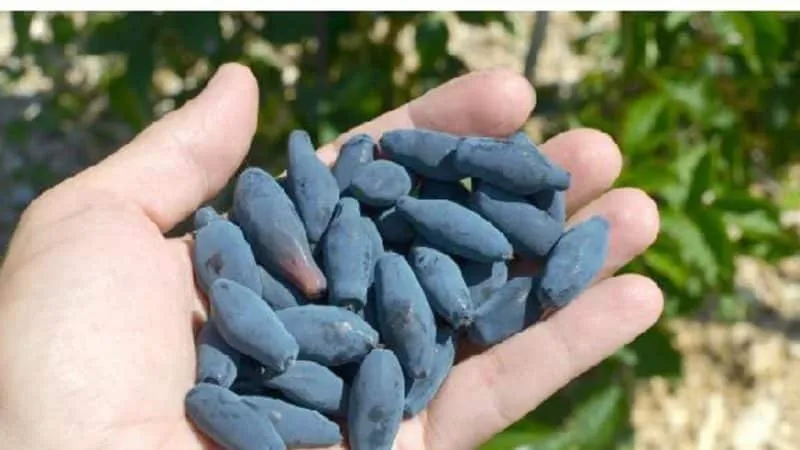
How to Extract Seeds from Berries
Fully ripe honeysuckle berries tend to drop. Overripe fruits are no longer suitable for fresh consumption but are perfect for propagation. If you plan to propagate fruit-bearing honeysuckle by seeds, leave 20-30 berries on the bush until full maturity. Place a film under the shrubs to catch fallen berries.
Each berry contains 5-18 small seeds. To extract them, gently crush the berries through a sieve or by hand. Add water to the container, shake vigorously, and drain. Carefully collect the seeds and spread them on paper to dry.
Note: Honeysuckle seeds remain viable for a long time. After one year, 70-75% of seeds germinate; after three years, 20-50%.

Planting Time
Gardeners use different sowing times and methods:
- Winter sowing. In late October – early November, dry seeds are sown on prepared beds and covered with a 1-1.5 cm layer of humus and peat (1:1). Winter seedlings are more resilient to temperature fluctuations and diseases due to natural stratification.
- Spring sowing. When warm weather arrives and daylight increases (mid-April to early May in Central Europe). Honeysuckle seedlings tolerate cold but may perish from lack of sunlight.
- Summer sowing. Done immediately after harvesting early varieties (mid-June). Seedlings have time to develop roots before winter. Consistent moisture and nutrients are crucial.
- Seedling method. Ideal for controlled growth indoors. Seeds are sown in peat pots (2-3 per pot).
Keep the soil moist when growing seedlings indoors.
Preparation
Before sowing, ensure you have all necessary tools, seeds, and prepared soil.
Seeds
No special preparation is needed for fresh seeds. If stored for 2-3 years, soak them in warm water (20-30°C) for 4-5 hours.
Tip: To improve germination, soak seeds in a growth stimulator like "Epicot" or aloe vera juice.
Soil
Prepare the soil a few days before sowing by digging it with humus (0.5 bucket per m²) and a balanced mineral fertilizer (e.g., NPK 20 g/m²). Disinfect the soil by watering it with a hot (70-80°C) dark pink potassium permanganate solution.
For seedlings, use this substrate mix:
- Garden soil (2 parts);
- Humus (1 part);
- Peat (1 part);
- River sand (1 part);
- Balanced mineral fertilizer.
Mix thoroughly and treat with potassium permanganate solution.
Note: If fertilizer is unavailable, use sifted wood ash as a source of phosphorus and potassium.
Containers
For seedlings, use wooden or plastic trays. Wash and sterilize them with boiling water before sowing.
Germination Guide
Fresh seeds don’t require pre-treatment. For older seeds, soaking in warm water or a growth stimulator can help.
How to Sow Honeysuckle Seeds Correctly
Honeysuckle seeds are tiny, resembling poppy seeds. Level the bed and make 1.5-2 cm deep furrows. Space seeds 2-3 cm apart, with 10 cm between rows. Cover with a thin layer of soil (≤1 cm).
Water gently after sowing to avoid washing away the soil.
For indoor sowing, use trays, peat pots, or pellets (1-2 seeds per cell). Cover with film to speed up germination.
Care After Sowing
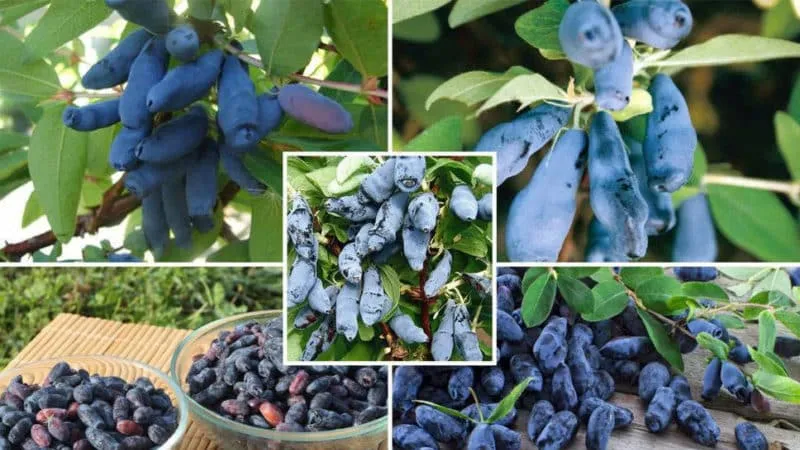
Seedlings emerge in 15-18 days. Young plants need careful attention:
- Watering. Seedlings in pots dry out faster – water every 2-3 days with room-temperature water.
- Hardening. Gradually expose seedlings to outdoor conditions by removing the film for 2-3 hours daily.
- Fertilizing. First feeding at 3-4 true leaves with a balanced fertilizer (e.g., "Compo Universal"). Repeat every 14 days, alternating with diluted manure solution.
- Weeding. Remove weeds promptly to prevent competition for nutrients and light.
- Pruning. Pinch the growing tip after 4-5 leaves to encourage branching. Repeat when side shoots have 3-4 buds.
By the end of the first summer, seedlings will strengthen.
Pest and Disease Control
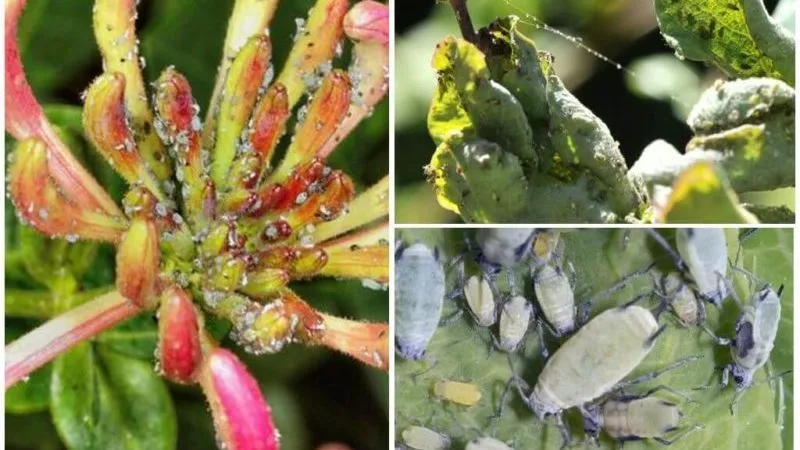
Common honeysuckle threats:
- Honeysuckle aphid. Causes yellowing and leaf drop. Treat with insecticidal soap.
- Scale insects. Small pests covered with a protective shell. Use systemic insecticides like "Provado."
- Caterpillars. Chew leaves, reducing plant vigor. Remove manually or use "Bacillus thuringiensis."
In damp weather, fungal diseases (powdery mildew, leaf spot) may appear. Prevent with copper-based fungicides.
Helpful Tips
Plant at least 4-6 honeysuckle varieties for cross-pollination. More pollen diversity improves fruit yield and quality.
Honeysuckle is sensitive to severe frost. After winter, check for cracked bark and prune affected branches.
Plants sown directly with ripe berries may fruit a year earlier.
Conclusion
Honeysuckle is a hardy, attractive garden plant. Its diverse varieties allow gardeners to grow delicious berries and enhance landscapes with ornamental forms.
Buying multiple varieties can be expensive. If cuttings aren’t available, seed propagation is an affordable, though unpredictable, alternative.







